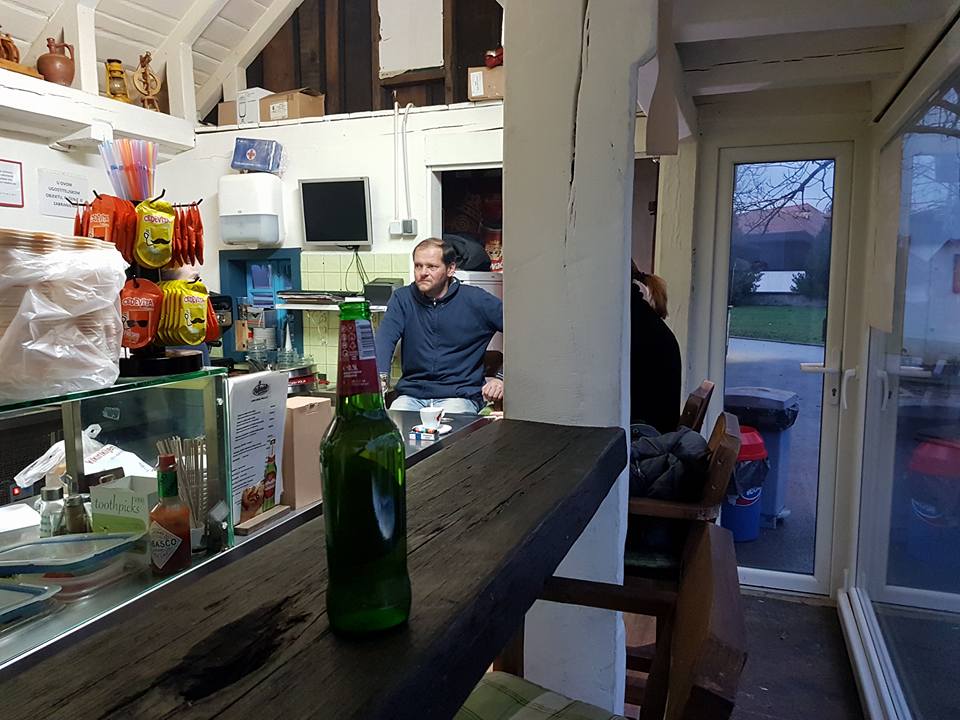There has been no stronger or more divisive leader in the region than one Josip Broz Tito. A visit to the village of his birth on the Croatian-Slovenian border on December 3, 2017.
Ever since I visited the town of Gori in the Republic of Georgia, I have had a mild fascination with the birthplaces of dictators and how they are remembered. As modern Gori crumbled around it, an enormous museum paid homage to Gori's most famous son, best known to the world as Stalin. Here, in 2001 when I visited, was a local man much revered by an ageing population, and the only place in the former Soviet Union where the ubiquitous Stalin statue was not pulled down as newly independent republics replaced the behemoth that was the Soviet Union and tore down hated symbols of oppression with glee.
Contrast that with the lack of evidence of the birthplace of Stalin's nemesis, one Adolf Hitler in Austria, and the contrast is quite stark. I was always curious as to how the birthplace of former Yugoslav leader Tito would be presented, and this weekend, during a stay at Villa Magdalena in Krapinske Toplice, I had the chance to visit the village of Kumrovec, close to the border with Slovenia, where Tito was born. Having visited the Brijuni Islands several years ago and the museum dedicated to their most famous resident, I knew the visit would not be a dull one.
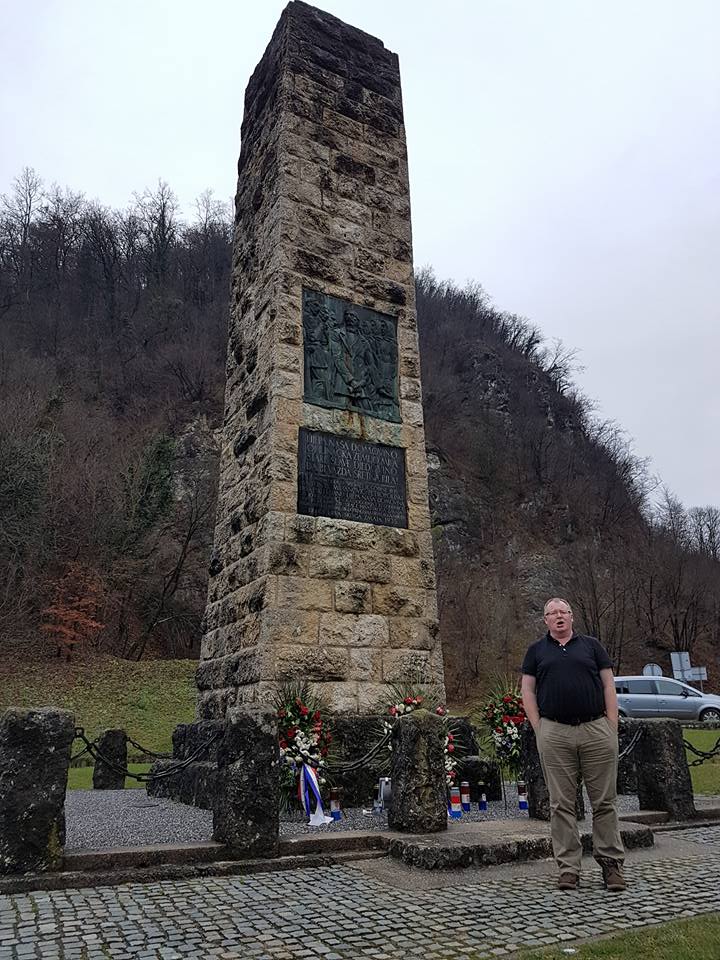
Not far from Kumrovec, we passed the first of what I had assumed would be many impressive monuments. My daughters, who know much more about Croatia than I ever will, pointed out that this one had nothing to do with Tito, but predated his rule, and it was actually a monument to the Croatian national anthem in a place called Zelenjak.
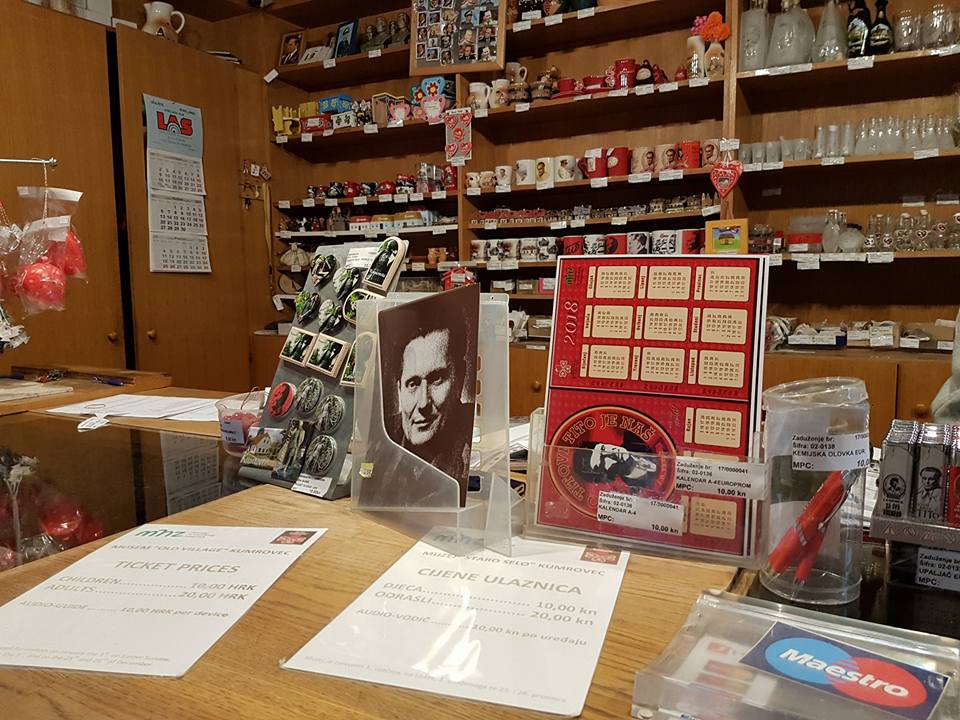
The village of Kumrovec came into view and we parked and headed into the ticket office, a treasure trove of Tito souvenirs, if that is your thing.
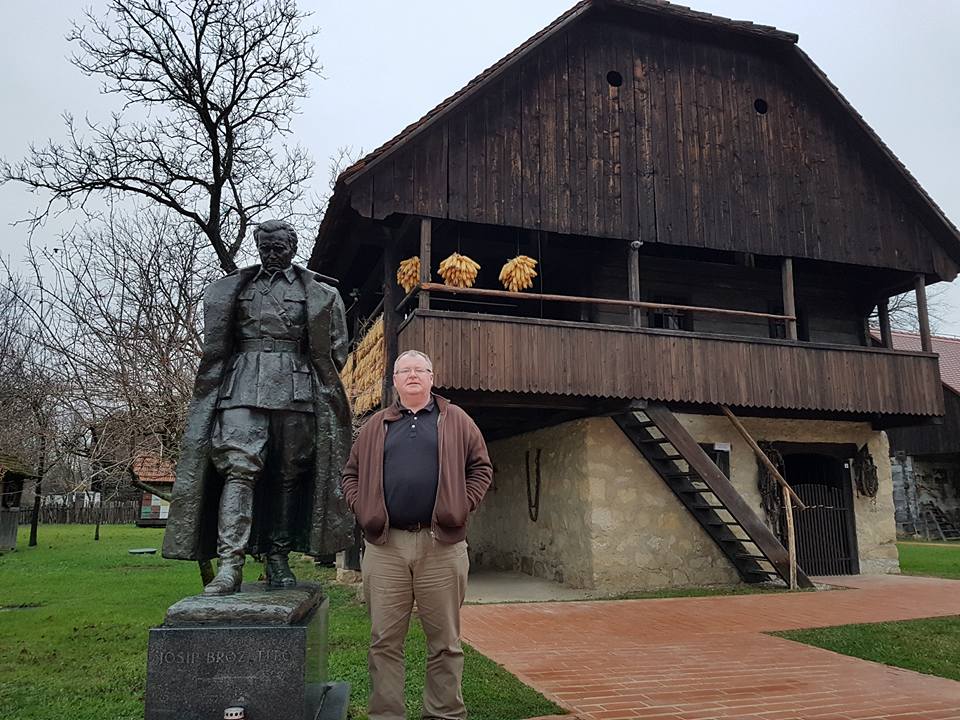
Kumrovec is a living village, with about 20 houses restored to how they used to be (actually much better than they used to be, for this was a model village of idyllic village life), including the house where Tito was born. I was curious (still am) by the pose of Tito in the statue (which apparently was made during his lifetime) - looking down and somewhat introvert, rather than facing the world. If anyone can fill me in on the history of the statue, I would be interested to hear from you, and I will update the article accordingly. (Reader update, thanks Darko - The statue by Antun Augustincic, native of nearby Klanjec and world-famous sculptor, depicts Tito in a difficult time during the war when victory was far from assured, hence the pensive pose).
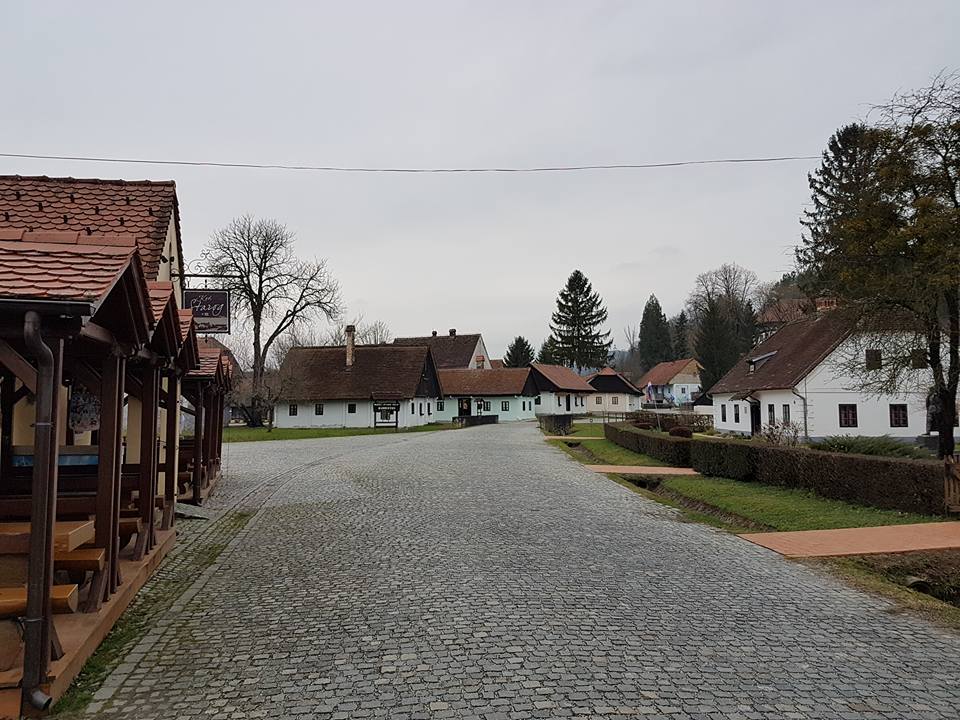
The house, on the right of the picture above, of Tito's birth sits in a pretty street with a stream by it.

A house that presumably each child in former Yugoslavia both knew by sight and had visited on a school excursion.
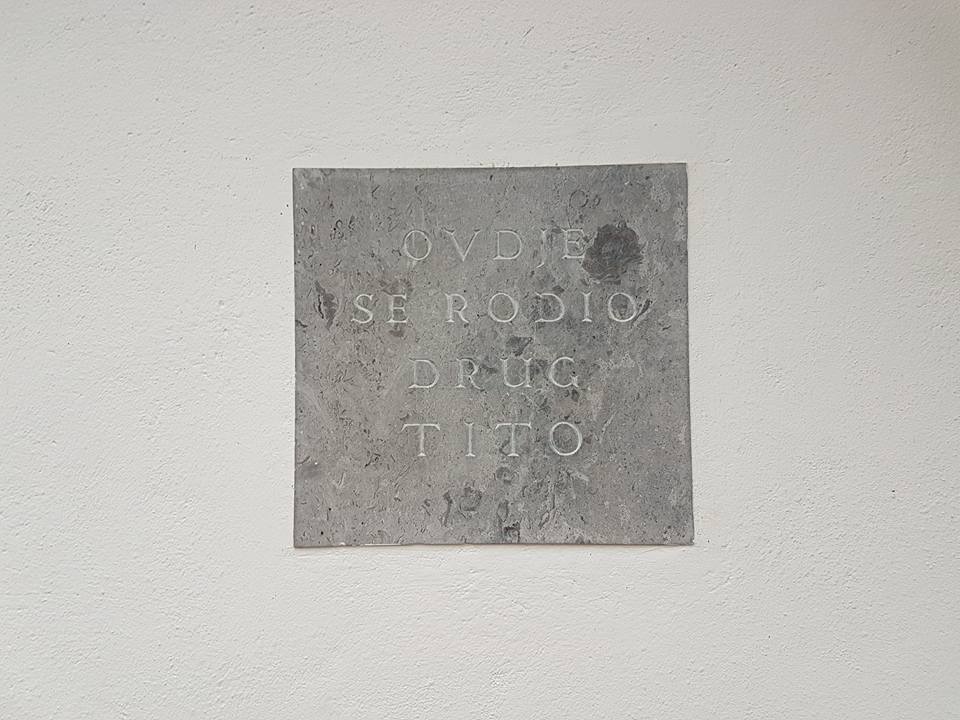
A simple plaque on the outer wall recorded its historical significance.
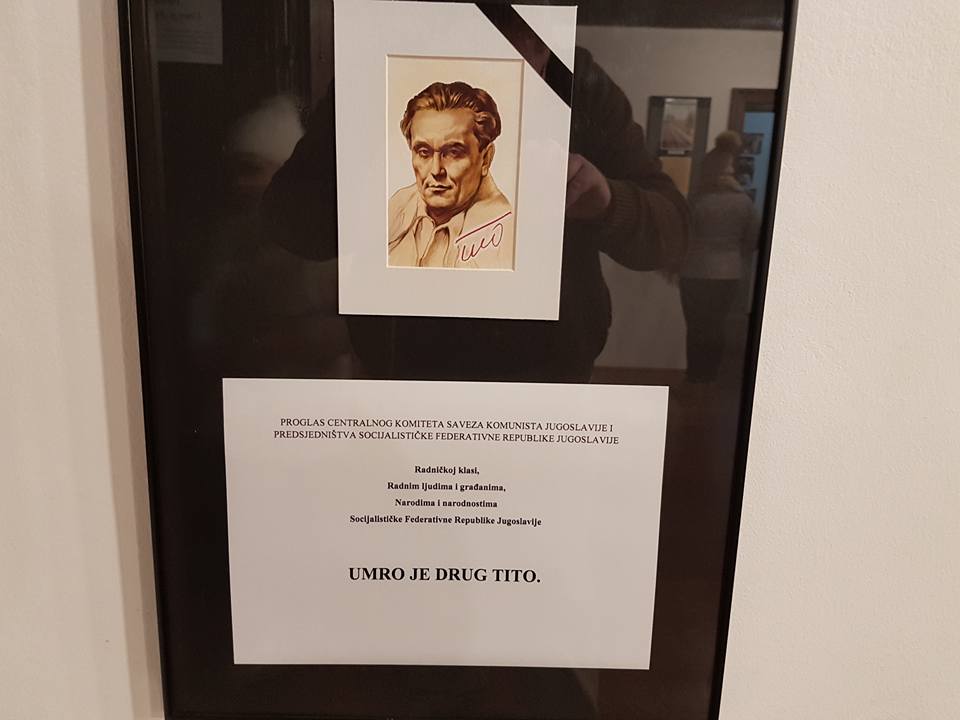
Inside was fascinating. It is so easy to forget the recent past in these parts as a foreigner or new arrival. I remember we did a piece last year on the 25th anniversary of the siege of Dubrovnik, with a video of the shelling of the UNESCO World Heritage Site and buildings on fire. The same city which 25 years later is one of the hottest tourist destinations in Europe. From the comments on social media, one could see how many of today's travellers had no idea of the recent past and could not picture the stunning Dubrovnik of today with that of the very recent past in the images and video of our article.
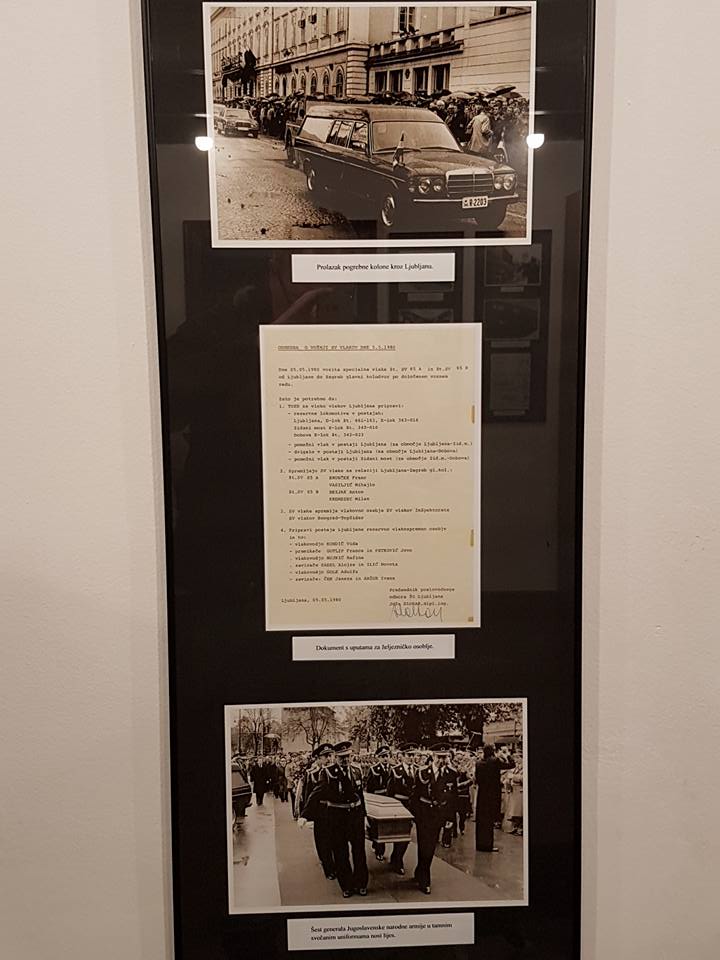
So, too, it felt to me looking at the exhibition inside the house of Tito's birth - dedicated to recording his death. Images of Ljubljana, where he died.
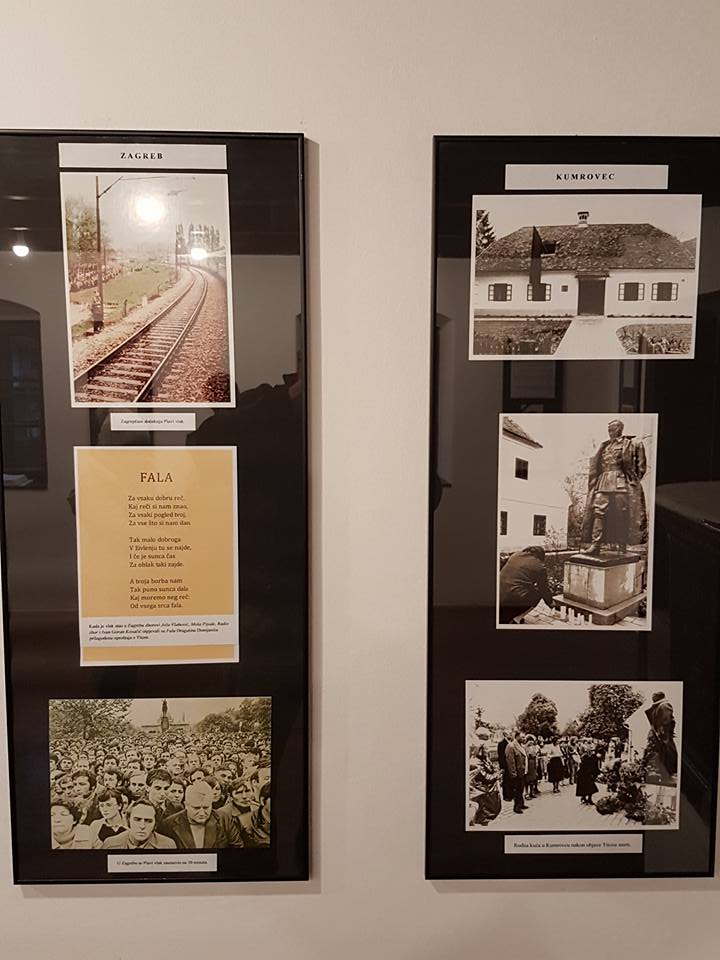
Zagreb and Kumrovec.
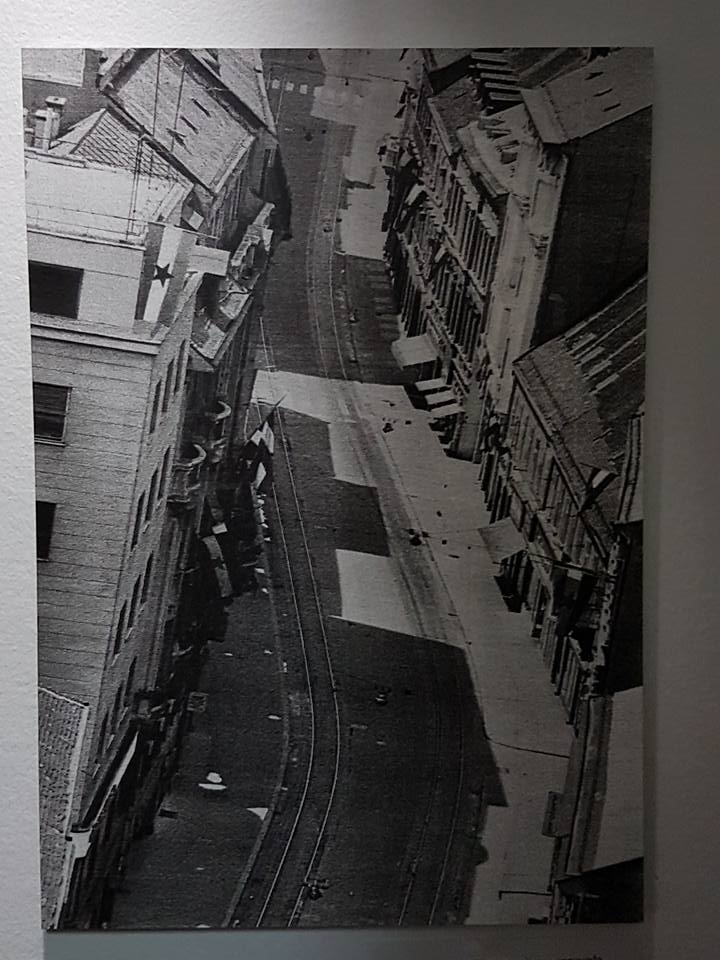
The emptiness of Zagreb's most famous street - Ilica.
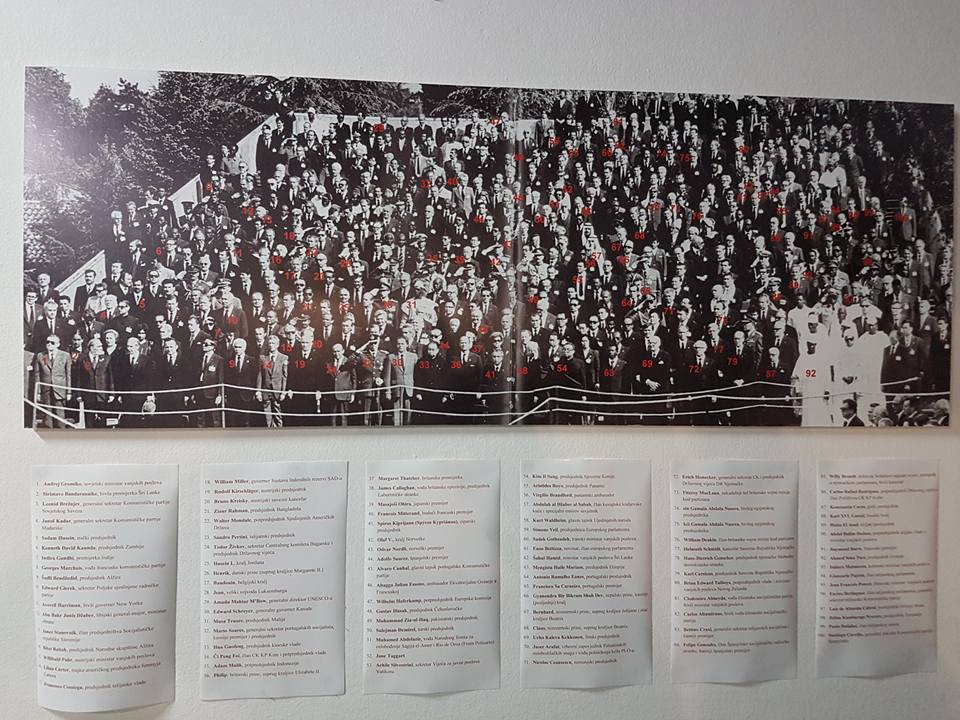
And then something truly spectacular - a photo and roll call of the people who came to his funeral. I had first come across this information at the exhibition on Brijuni, where more than 60 heads of state had visited him, bringing exotic animals as girls (elephants from Indira Ghandi in 1984 - one was still alive - Shetland ponies from the Queen). As a prominent figure of the Non-Aligned movement and at the centre of the chess board between East and West, rightly or wrongly, they were many world leaders ready to curry favour with Tito.
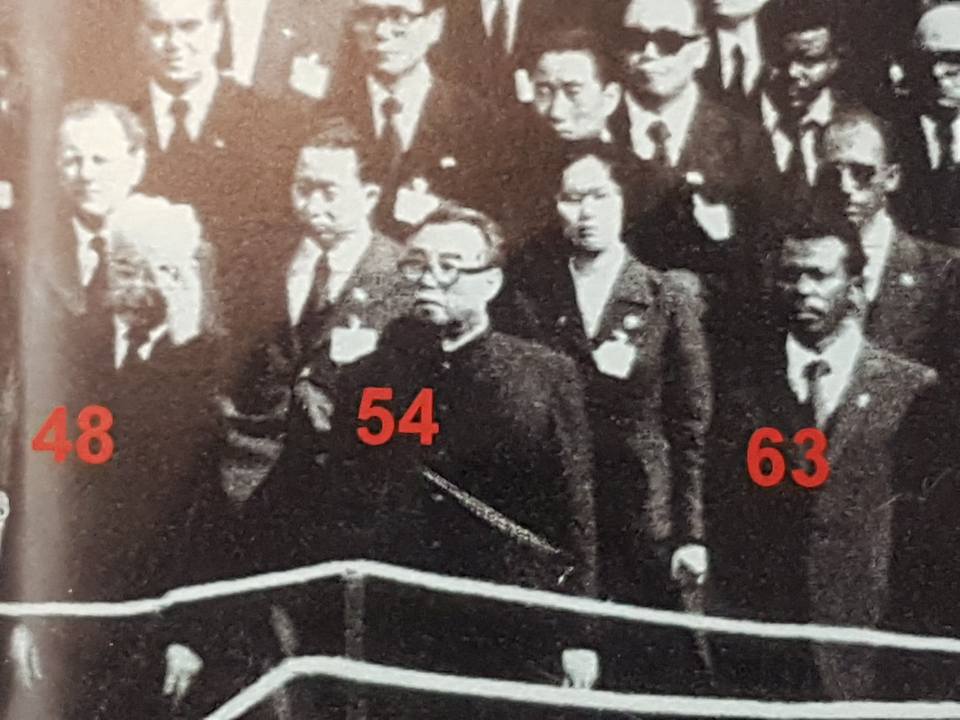
Among the world leaders paying their respects, one Kim Il Sung, grandfather of the current North Korean leader. Just 37 years ago. It would be hard to imagine such an international gathering of today's protagonists.
The list, reproduced below, is rather impressive, but one more thing that I and a British journalist do not understand (and again, please enlighten me), why are some names transcribed and others left in the original? (Reader update - thanks, Darko. The names transcribed are mostly from languages with different alphabets, or Slavic languages (no need to spell Brezhnev when Croatian has a similar phonology).
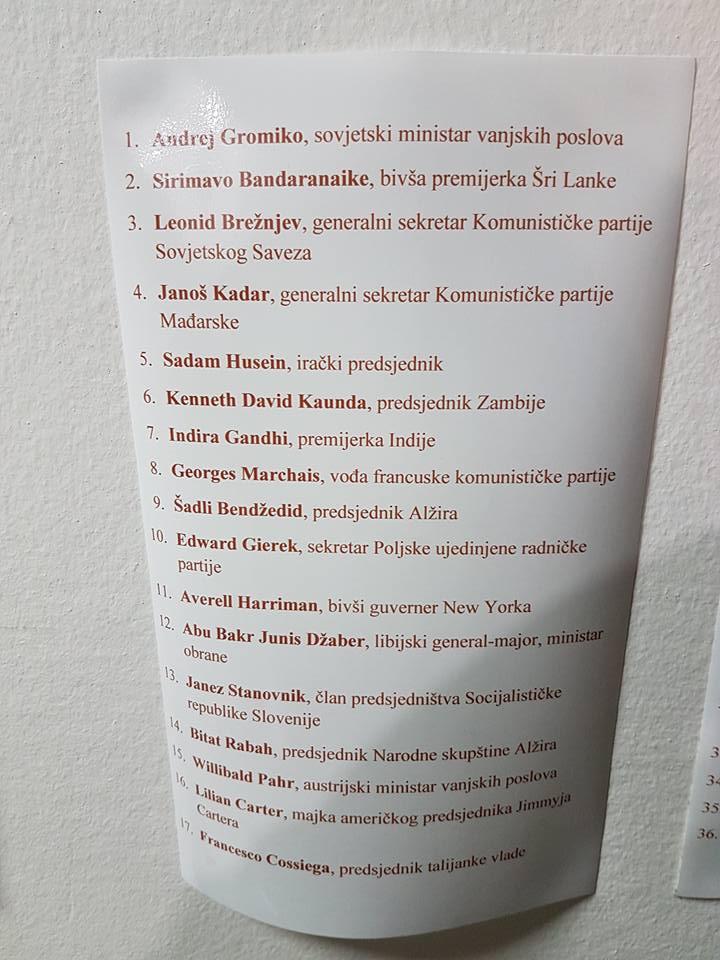
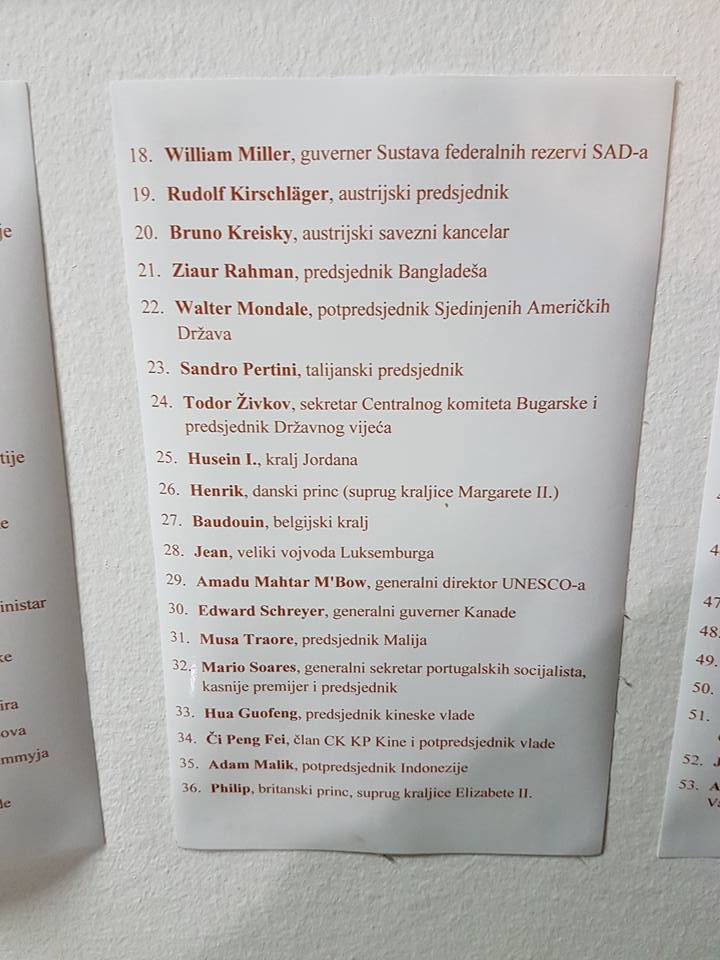
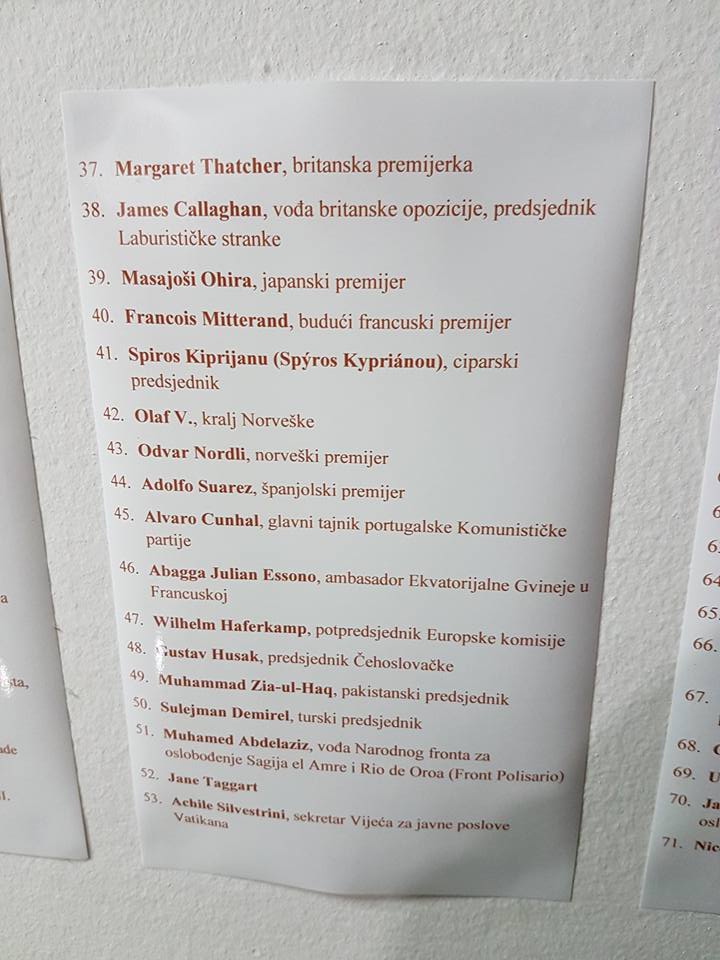
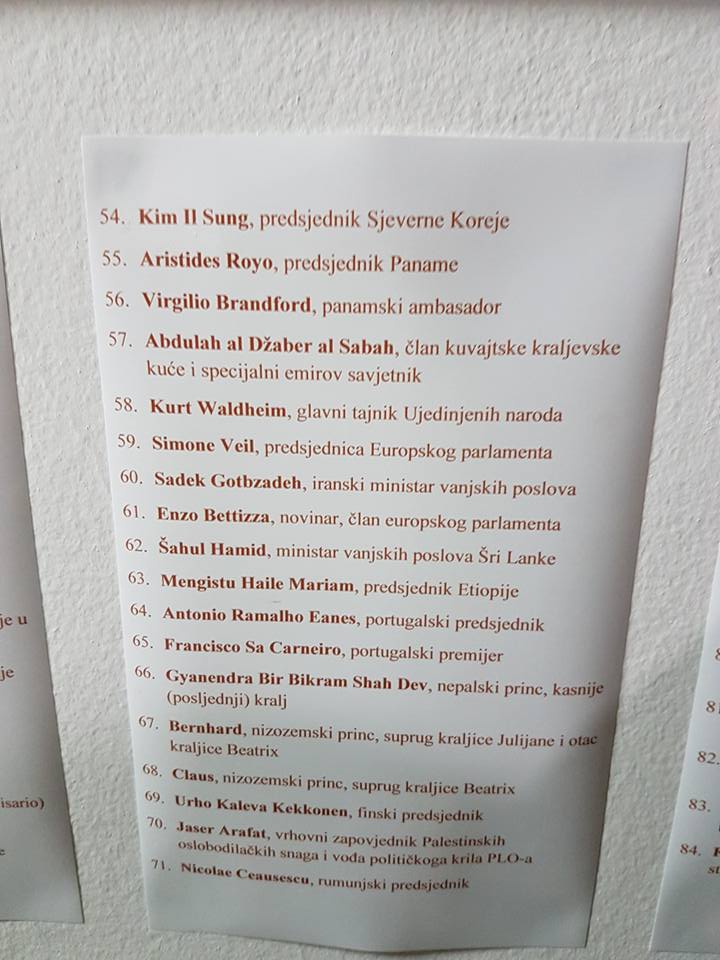
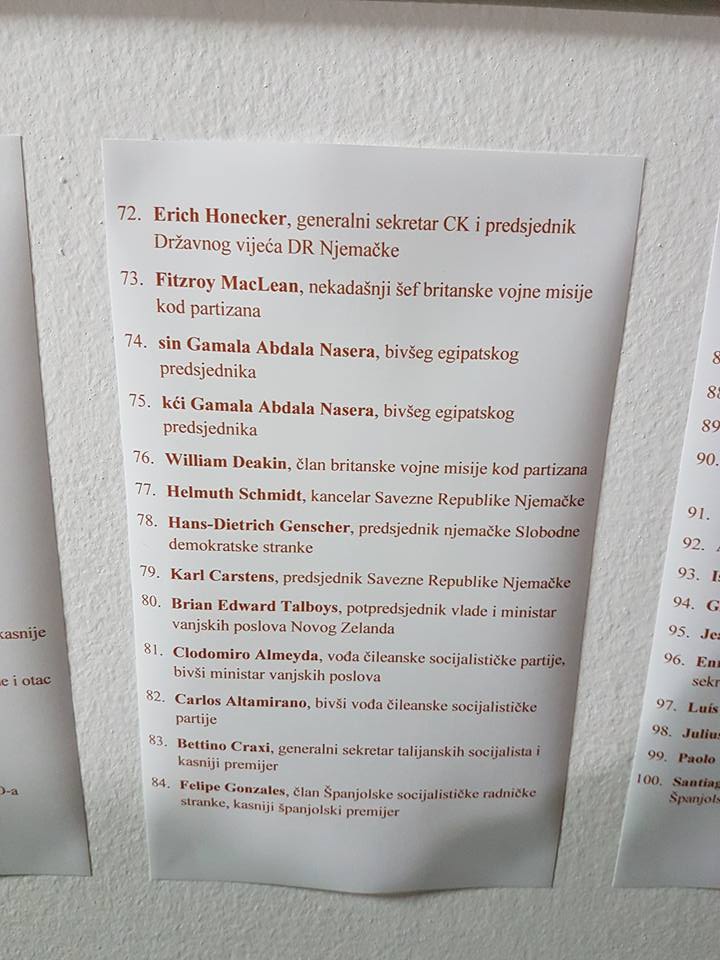
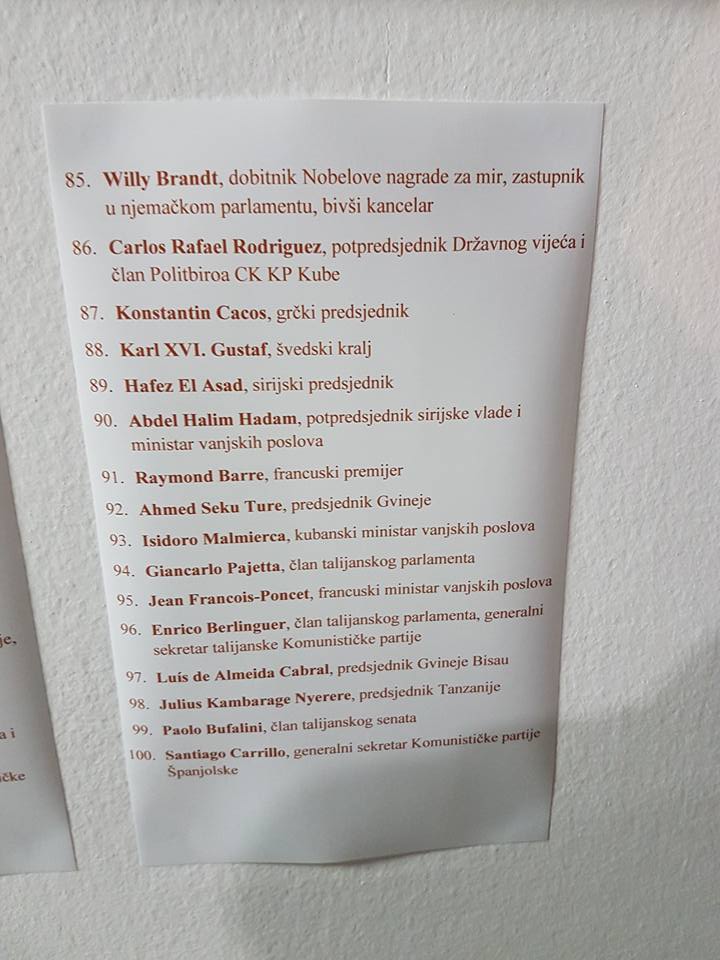
All the while, a video played historical footage over and over.
The announcement of the death of Tito.

The house itself was simple, and a far cry from the opulent lifestyle that would follow.
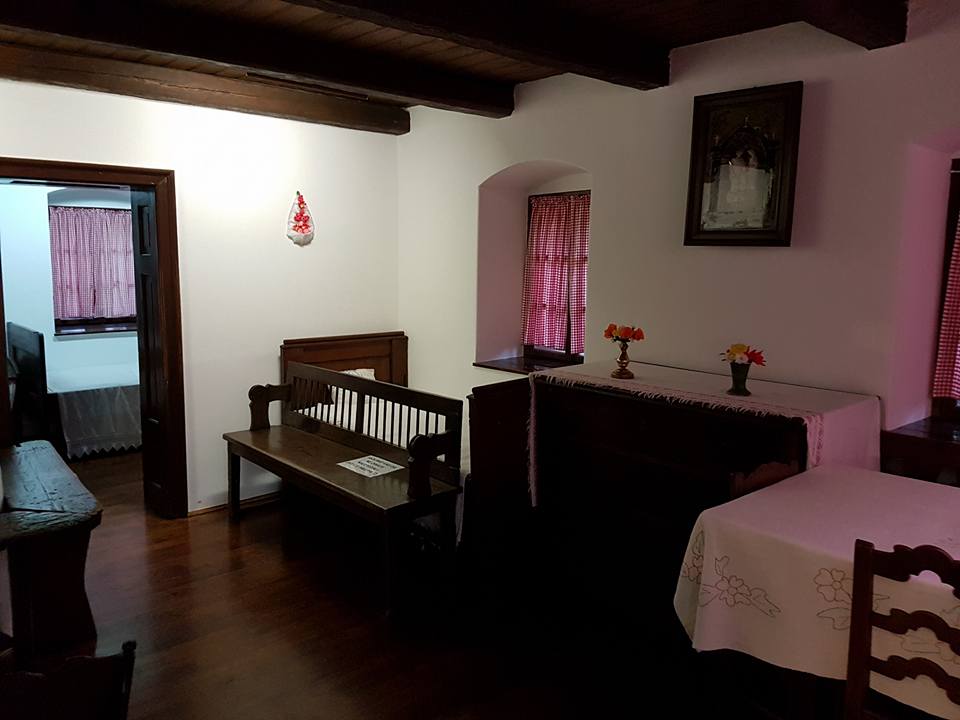
The living room.
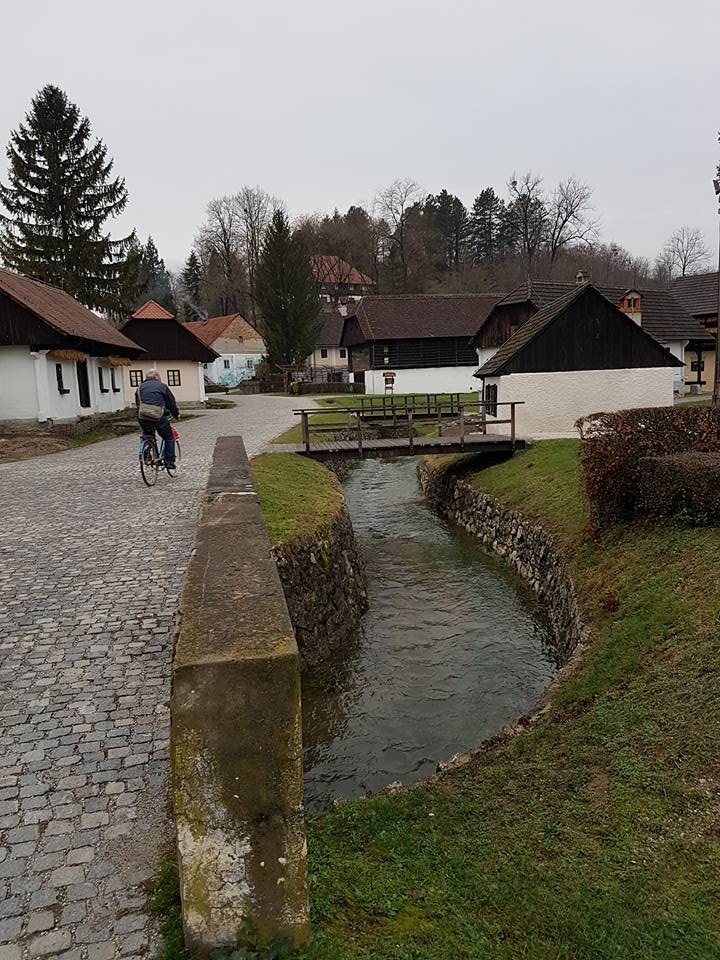
And so we took to exploring the pretty village, where about 20 houses have been preserved, showcasing various arts and crafts of the era.
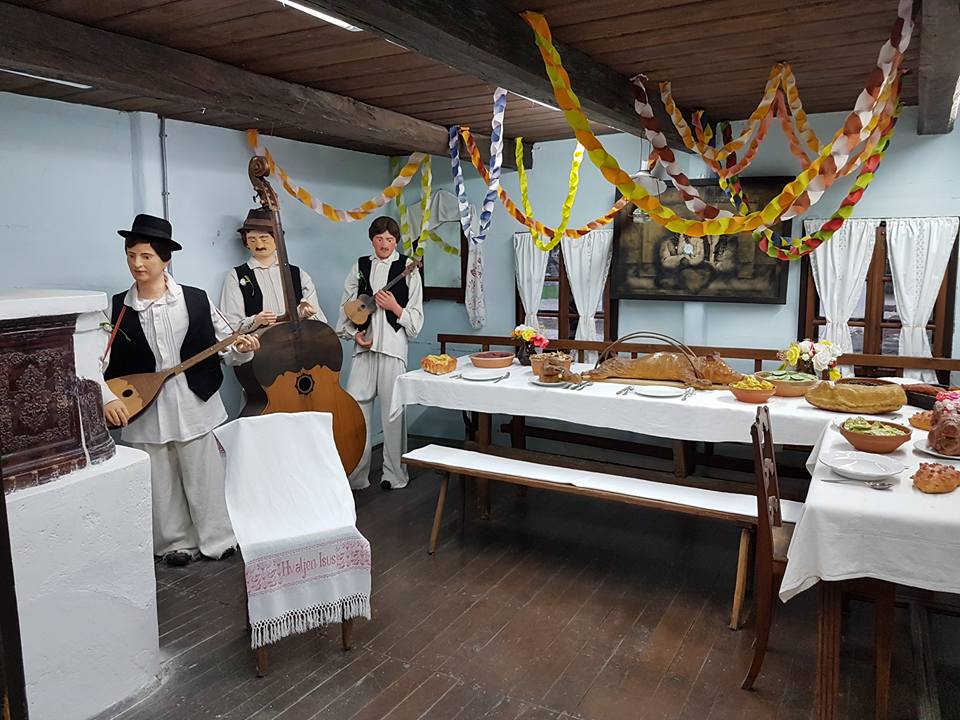
The houses are extremely well done, giving the visitor a snapshot of authentic Zagroje village life.
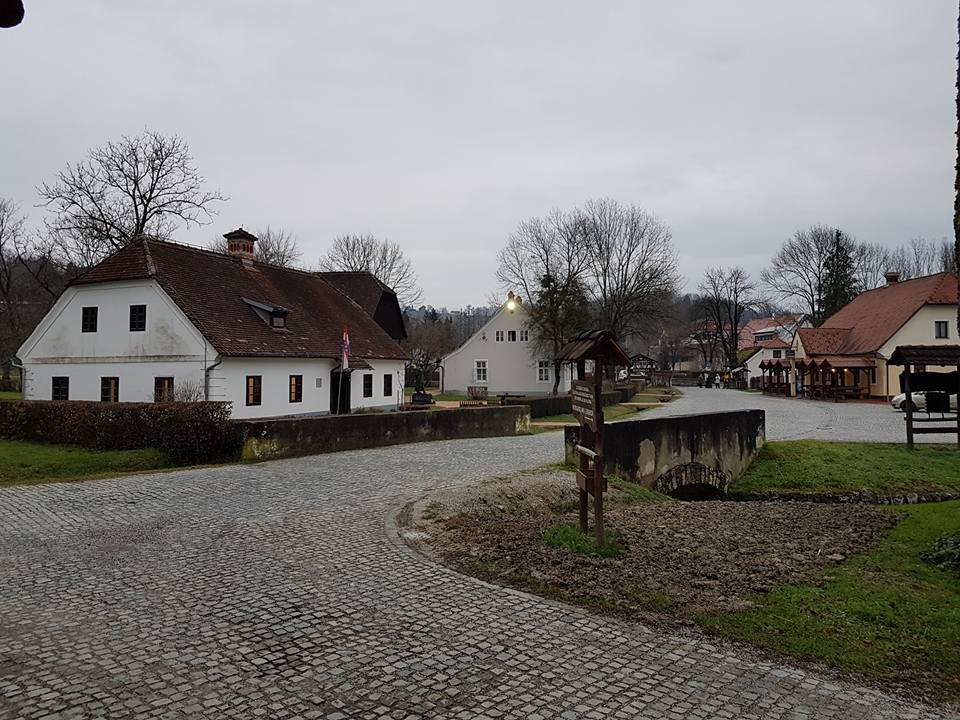
It is a very peaceful place in early December, although I can imagine it gets pretty busy in the summer.
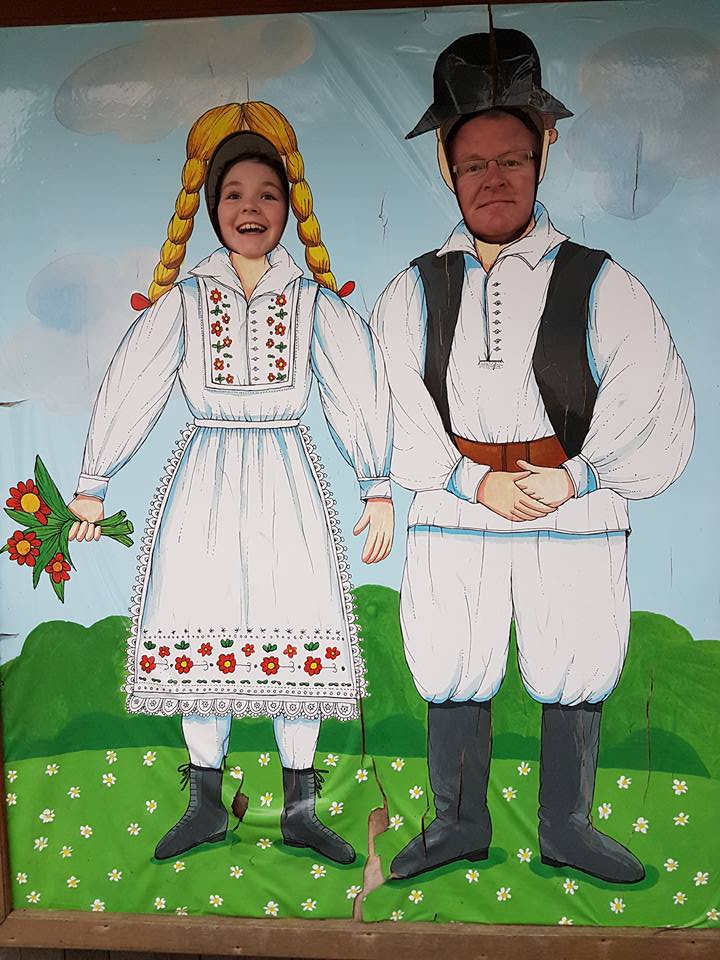
With a few tourists gimmicks for memories and souvenirs.
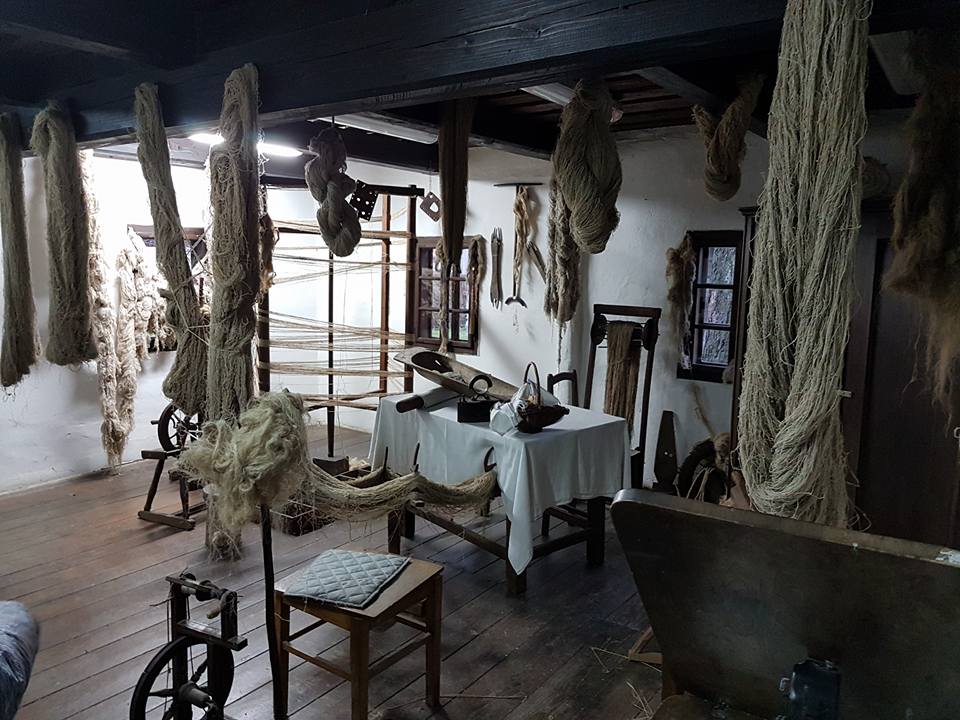
A chance to learn how things were made in years gone by.
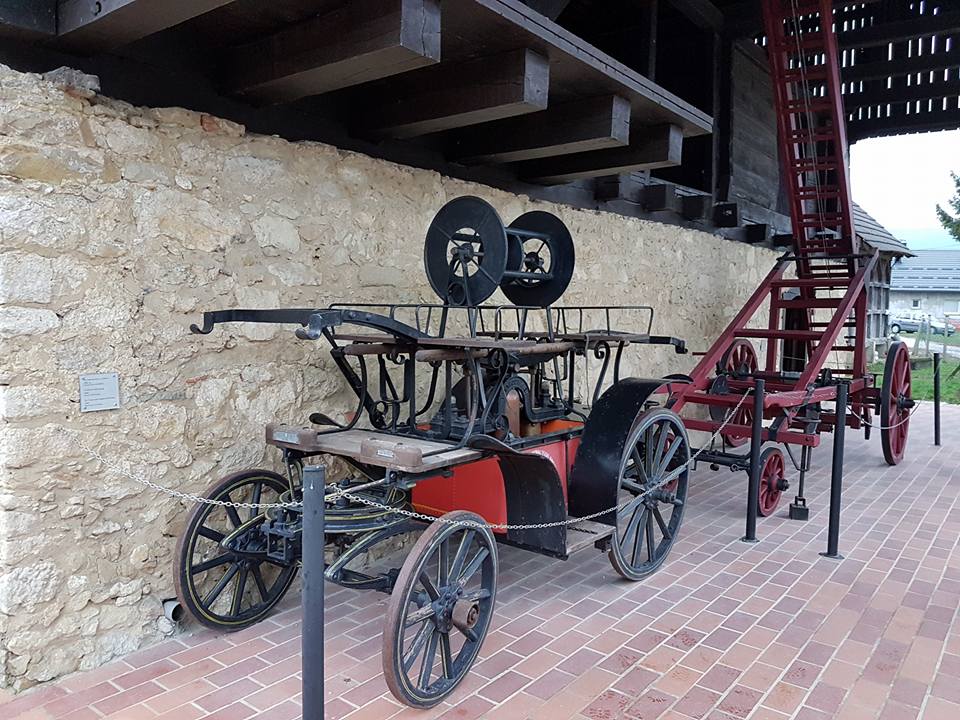
I was particularly drawn by the section on the fire engines.
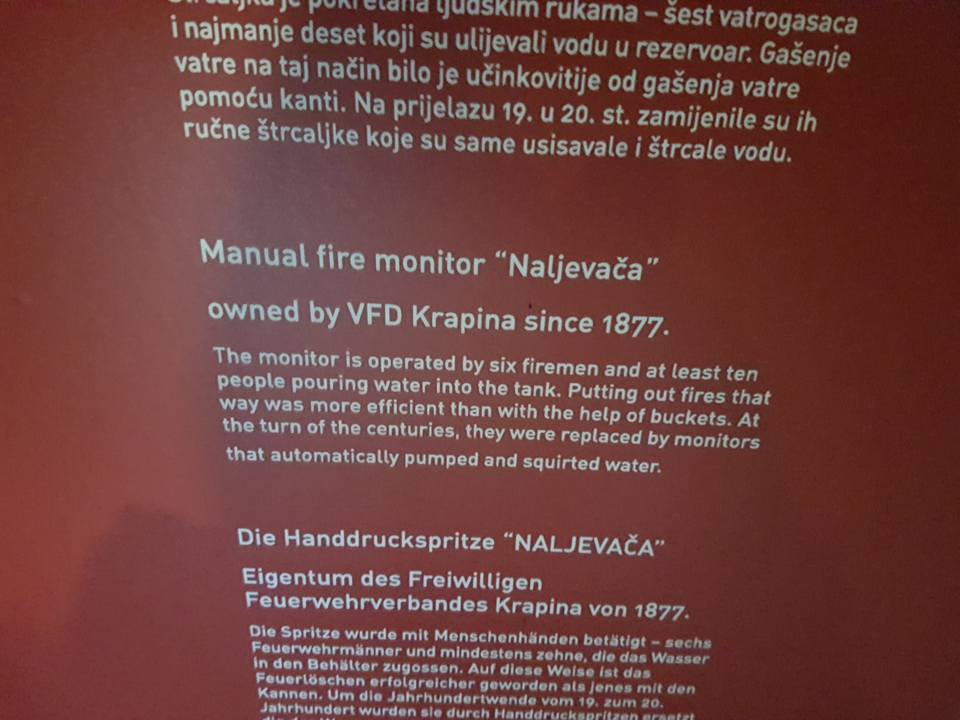
Having spent much of the summer reporting on the numerous forest fires in Dalmatia, one was left to wonder how they were tackled 100 years ago.
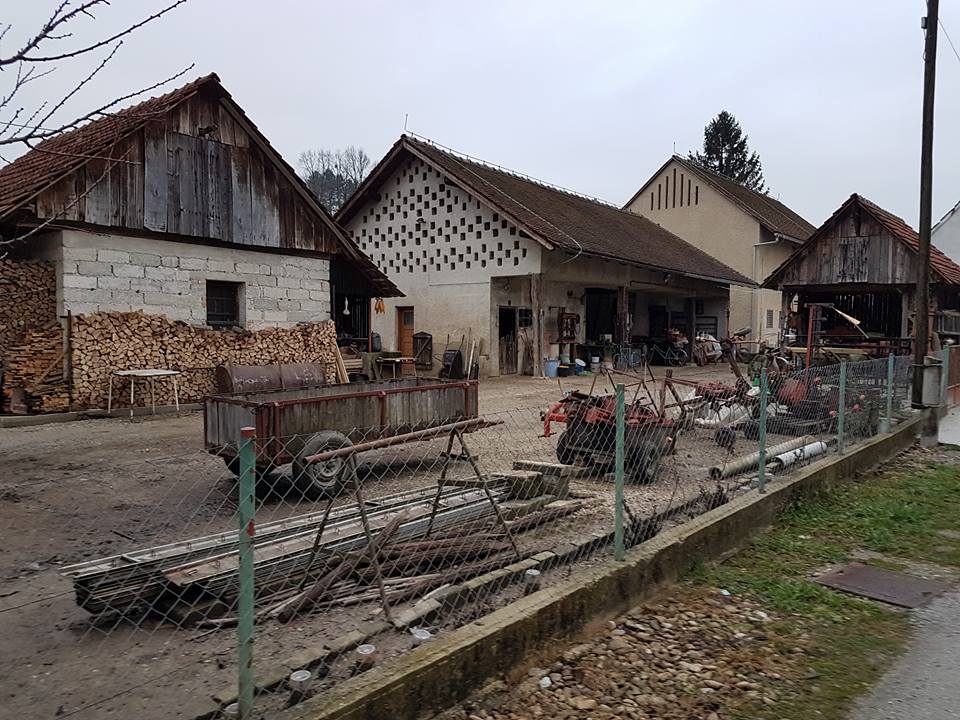 Fr
Fr
From model village to modern reality. Kumrovec and its historic and well-preserved buildings merge with the rest of the village, and it would appear that life outside the show village is not quite as pretty as the houses prepared for the visitors. A symbolic point for a regime where the show was more important than the content, perhaps?
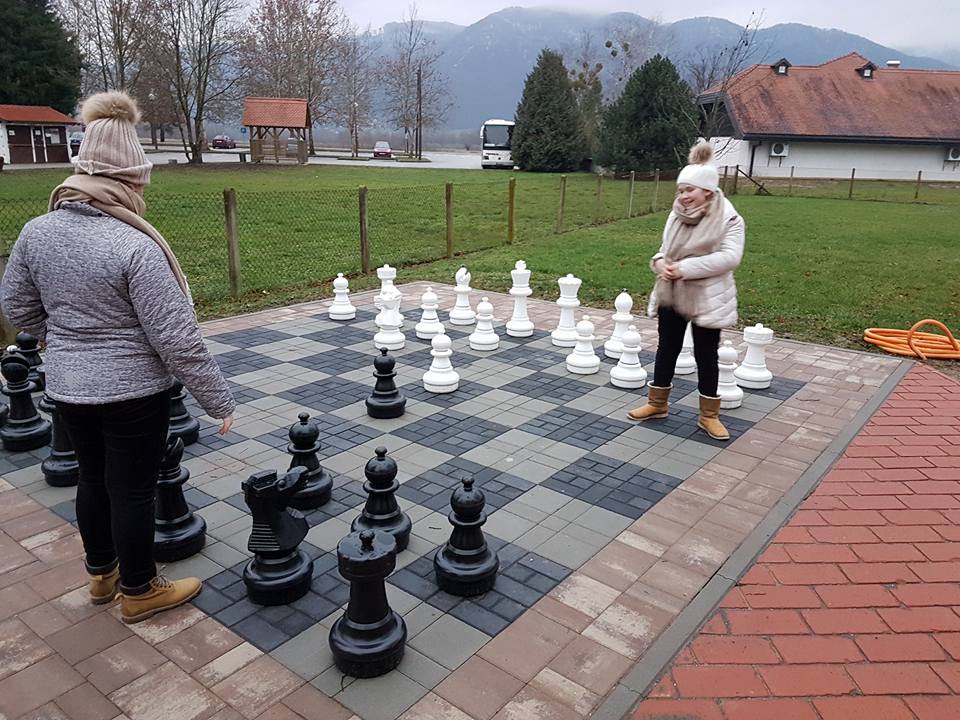
Educational tour over, it was time for the family to split up into things which relaxed them. A game of chess for some...
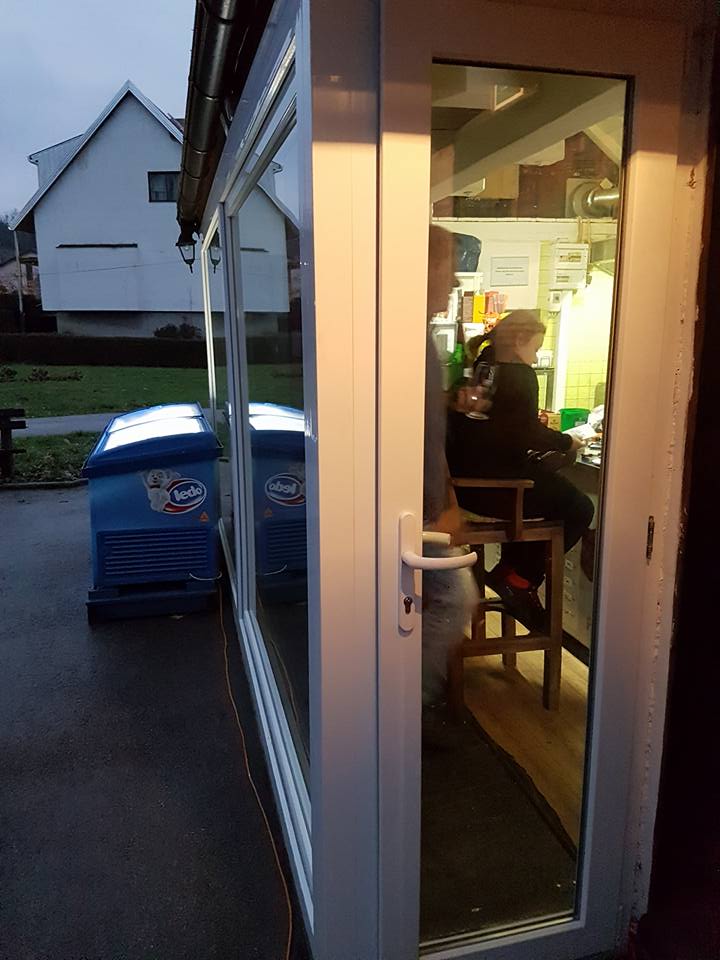
A visit to what must be one of the smallest bars in Croatia for others.
Whatever one thinks of Tito, Kumrovec is part of history here, and both the village and exhibition of his death are fascinating to visit.
